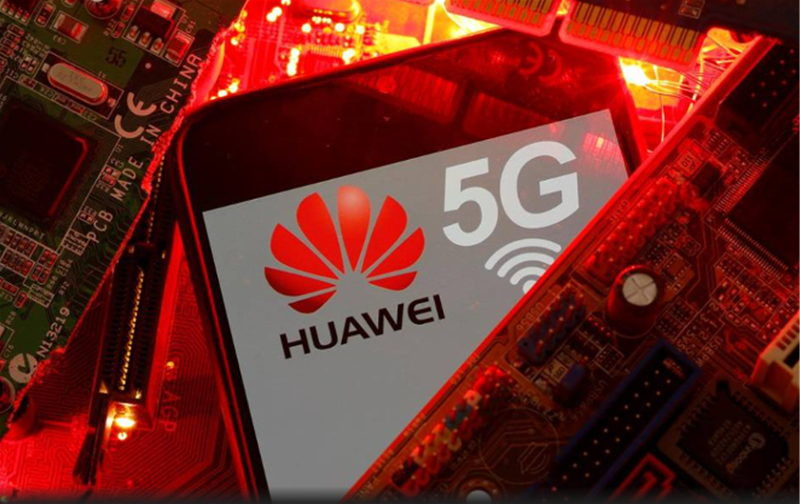Against a backdrop of uneven network distribution between urban and rural areas, while the pandemic has fuelled a divide in technology adoption, it has also helped governments recognise the role of mobile broadband as a catalyst for digital transformation moving forward.
Speaking as the keynote during the 7th Asia-Pacific Spectrum Management Conference, which was held virtually last week, Tide Xu, Chief Strategy Officer, Wireless Product Line at Huawei, said the region is witnessing a surge in mobile broadband demand with countries embarking on digitalisation strategies to build economic resilience.
Against this backdrop, Xu cited three policy recommendations to enhance mobile broadband development and help close the digital divide:
- Firstly, with spectrum being critical to mobile network development, the ready provision of key spectrum bands such as C-band and 700 MHz is instrumental to unleashing a good mix of coverage and capacity benefits.
As countries work towards a 5G-oriented evolution, Xu stressed the importance of adopting an all-encompassing spectrum strategy combining low-, mid- and high-bands to support all use cases.
- Secondly, countries yet to roll out 5G should continue investing in 4G infrastructure to ensure a seamless transition into the 5G era. Until 2030, 4G and 5G will coexist to power connectivity and offer nationwide network coverage.
Apart from expanding 4G coverage to increase the penetration rate of network users, Xu said 4G VoLTE deployment should be accelerated to expedite the sunset of 2G/3G. With mobile broadband coverage being key to digital inclusion, policies can incentivise mobile broadband coverage in underserved areas.
- Thirdly, affordability and availability of entry-level mobile devices are essential for underprivileged families in rural areas to access mobile internet. Xu said supportive demand-side policies can respond to user needs more effectively bridge the usage gap.
According to findings from consulting firm A.T. Kearney, the Industry 4.0 evolution is estimated to bring about a revenue potential of about $150 billion in ASEAN by 2025. In this evolution, Xu said the outlook is motivating transitions from 4G to 5G, with 5G deployment gaining momentum in many countries.
In a press release, Huawei said the 5G revolution is taking place at a faster pace compared to previous 3G or 4G revolution. China and South Korea are making quick progress, with China seeing more than 819,000 base stations deployed and more than 285 million 5G subscribers to 5G. South Korea has amassed 5G subscribers totalling about one-fourth of its total population.
What we can learn from China’s and South Korea’s 5G journey
Xu noted three takeaways from China and South Korea's 5G journey thus far:
Firstly, both governments have embraced nation-wide digitalisation founded on a 5G infrastructure, using stimulus policies to spur accelerated 5G adoption across various industries.
Secondly, spectrum strategies have been mapped with future 5G evolution in mind; each MNO should be allocated a large bandwidth of 80 MHz to 100 MHz continuous TDD, deemed ideal for 5G deployment to kickstart a country's 5G journey. This strategy, Xu said, can attract early buy-in as advanced massive MIMO offers user experiences 25 times more superior than 4G.
Thirdly, MNOs in both countries have been actively developing new applications, services and business models for both the consumer market and vertical industries. For the consumer market, MNOs have been delivering innovative content such as augmented reality and virtual reality experiences. Across vertical industries, high-connectivity, low-latency 5G has been deployed to power smart ports, smart manufacturing, smart agriculture and etc.
Xu said that in 2020, China recorded more than 2,000 commercial and pilot projects across industry verticals.
Apart from China and Korea, Thailand is also picking up speed in 5G deployment, he added, being the first country in ASEAN to launch a 5G commercial network in 2.6 GHz, Thailand has garnered 1.5 million subscribers within the first year of launching 5G services, yielding user experiences which are 13 times more superior than that offered by 4G.










